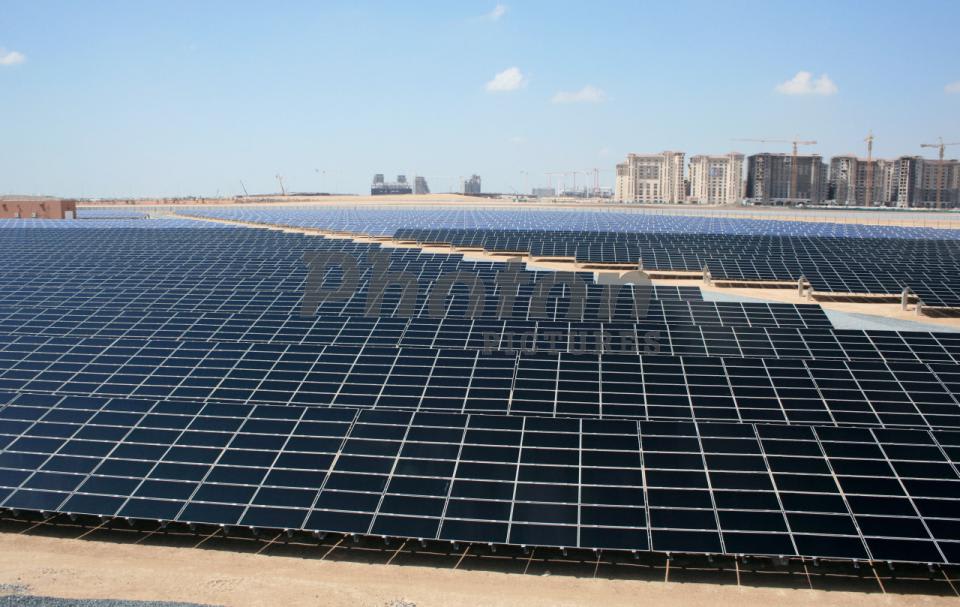
As history shows, its possible for sudden, disruptive and largely unpredictable technology shifts to occur. Renewable energy is one such technology shift that has in recent years been disrupting the oil economy to lead the charge when it comes to energy of the future. With plenty of sun to go around, solar has become one of the most viable energy sources evidenced by the recent spurt of multiple solar construction projects around the GCC region and the world.
GCC countries also have their sights set on boosting their own grids with renewable energy sources. In a move which aims to further solidify regional ambitions to diversify from an oil economy, various GCC countries have their own renewable energy targets. The UAE, for example, aims to generate 75 percent of its electricity from renewables by 2050. Saudi Arabia, the world’s biggest oil exporter, plans to add 9.5GW (gigawatts) of renewable energy to its grid by 2023. Today, it is estimated that USD316 billion in investments is required to meet the growing energy demands in the GCC, and much of these investments will be directed at solar construction.
We are witnessing these ambitions come to fruition through projects such as the recently commissioned IPP solar power project in Bahrain where Bahrain’s Electricity and Water Authority has issued a Request for Concept (RFC) for the construction of the solar power project at the Askar landfill site. In 2016, the UAE began work on the 700MW third phase of the Mohammed Bin Rashid Al Maktoum Solar Park, worth an estimated USD90 million, while Saudi Arabia is home to the world’s largest Photovoltaic Carport System at North Park. Another massive ongoing project is the USD3.2 billion Adwea Sweihan Plant, UAE, situated 125km east of Abu Dhabi, which has a 1,177MW power generation capacity and is enough to power up to 50,000 households.
These solar construction projects are just the tip of the iceberg when it comes to the predicted bullish growth of the sector. We have listed the four reasons that growth will continue to proliferate, and what construction managers should bear in mind with this new industry.
- Market and cultural demand
There is a lot to be said for the popularity of renewables, especially solar power, and the correlation with the growth of the industry. With the implementation of the UN Sustainable Development Goals, renewable energy initiatives are being embraced by government and business entities alike. Implementation of such initiatives will bolster their interest, investment and dedication to renewable energy and garner further support. - Low cost equipment
The cost of solar energy equipment is at an all-time low and this declining cost is one of the leading reasons of the solar industry’s growth. Prices are down nearly 70 percent, and installation costs have also dropped significantly. The cost of equipment will continue to see a decline due to innovation with more affordable options emerging every day. - Equipment will be faster and easier to install
Innovations in the solar industry mean that equipment will become more cost effective, faster and easier to install. Newer, high performance models, are becoming more common, they are smaller in size but harness more power than ever before. Additionally, the installation of solar panels are no longer limited to roofs, opening up an entire new avenue of potential locations for solar construction which may mean a new revenue stream. - Prices will become increasingly competitive
As the industry becomes more efficient at producing the equipment, including solar panels, and more innovative at creating powerful technologies that better harness the sun’s power, solar energy will become more cost effective. This means that both industry and individuals can take advantage of the renewable energy source. This al means the more we commoditize solar energy, the more we will also witness an increase in price wars as a growing number of players enter the arena. While we are not there yet - construction managers should bear in mind that when solar energy becomes synonymous with other utilities such as water and electricity, they will face shrinking profit margins on new solar construction projects.
While it may seem, especially in the GCC region, that low oil and gas prices make solar power adoption less viable, government intervention and the development of the infrastructure will ensure demand for further solar construction throughout the region.
Browse through a list of 250+ Solar construction projects on the ProTenders platform.


